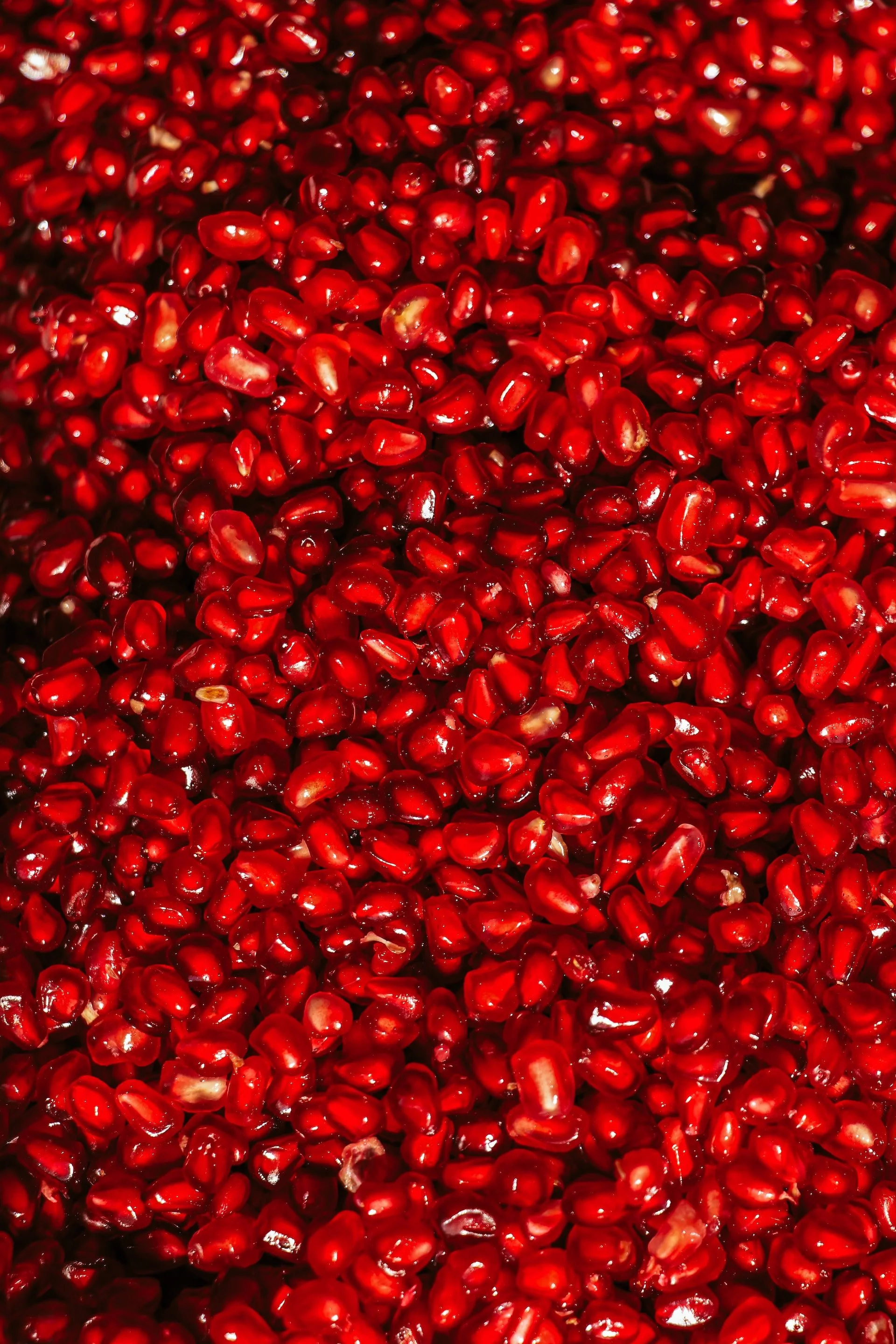Syrups
Syrups were one of the first ways that I started experimenting with to make my own cocktail recipes. Most often, the ingredients are not expensive, so it’s a low-stress environment and not a big deal if it doesn’t turn out the first time. Just like with cooking, the most important word of advice I can give is: taste, taste, taste. I rarely get my recipes nailed down on the first try. This also means I add less than I think I need to and slowly work my way up (e.g., if I think a syrup will need 250g of sugar, I will start with ~200g and taste before slowly adding more to get to my desired sweetness). There are more sophisticated ways to measure the level of sweetness in a syrup, but I won’t rely on those methods here.
I use a variety of sweeteners depending on my end goal, and often split the ingredients just the same way you would split the types of spirits in a drink to get a combination of flavors. Like many, I am an advocate to measure ingredients by mass (“weight”) using a kitchen scale and typically report in grams [the weight of a cup of flour, for example, can vary tremendously depending on humidity and how packed the cup is]. Volumes (milliliter, teaspoon, etc.) are okay for liquids (especially small volumes), but I typically avoid them for solids.
There are a variety of methods to make syrups and no one method is perfect. I try to pick the one that makes the most sense for my end goal. I explain a variety of techniques in my posts below, but if you have any specific questions, please contact me here.
Lastly, I do not put a “shelf life” on my syrups. They all get stored in the fridge. I personally look, smell, and taste syrups before using them (in that order) if they have been in the fridge for more than a couple weeks. Some people add a small amount of a neutral spirit (i.e. vodka) to extend shelf life.










